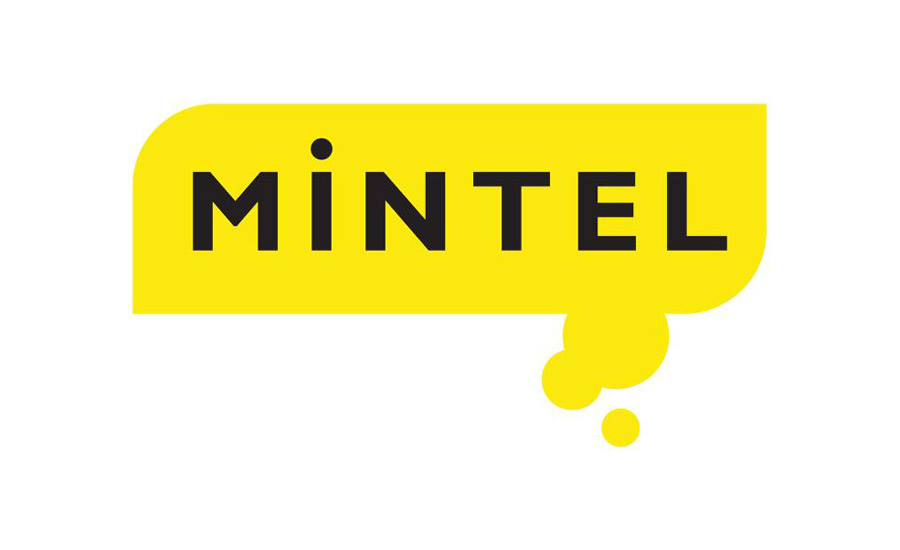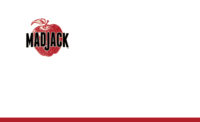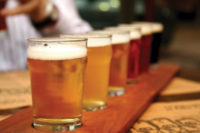Flavored Beer Innovations Explode
New flavored beer product introductions have increased 80% in five years

New research from Mintel highlights an explosion in flavored beer innovation. From grapefruit to habanero, Mintel’s Global New Products Database (GNPD) reveals the proportion of new flavored beer product launches has grown from just 15% of total US beer launches in 2010 to 27% of total US beer launches in 2015, an 80% increase over the five year period. While flavor innovation is booming, new research from Mintel reveals that the proportion of unflavored beer launches has declined from 85% of the total beer market in 2010 to less than three quarters (73%) in 2015.
Highlighting a thirst for flavored beer among US consumers, last year as many as one in five (20%) beer drinkers drank flavored beer. But it is young women who are particularly drawn to flavored varieties, with usage peaking among women aged 22-34 (39%). Meanwhile, the importance of flavored beer is confirmed by the fact that 57% of beer drinkers who increased their beer consumption in 2015 credit this increase to a wider availability of flavors. Overall, as many as three in five (58%) US alcohol drinkers say they are interested in fruit flavored beer, with other flavors such as spicy (45%) tart/sour (45%) and beer blended with juice, tea and soft drinks (49%) also showing strong potential.
What’s more, highlighting further interest in fruit-based alcohol, the US cider sector has experienced impressive growth, with volume sales growing fivefold between 2010 and 2015, reaching an estimated 31 million (2.25-gallon cases). But while growth has been strong, only 15% of consumers aged 22+ drink alcoholic or hard cider. However, it is sweet-toothed Millennials who are particularly attracted to cider, as nearly one quarter (23%) enjoy this beverage.
“Mintel research reveals an explosion of innovation in the flavored beer category. The fact that well over half of all US alcohol drinkers say they are interested in flavored beer highlights a significant opportunity to boost participation in the beer category. Leading flavors among product launches include pumpkin, spicy, coffee and chocolate, while newer products, including hard or alcoholic sodas, have become more widely available," said Beth Bloom, Food and Drink Analyst at Mintel. “The trend differs from the boom seen in flavored vodka a few years back in that flavored beer launches are exploring more adult formulations and steering clear of gimmicks such as whipped cream, coconut cream pie, and Dreamsicle varieties.”
Valued at an estimated $102.1 billion in 2015, dollar sales of beer are estimated to have grown a moderate 4% in 2015, amounting to overall gains of 21% since 2010. Meanwhile, volume sales continue to decline, slipping 2% in the same five year period.
Today, beer is the nation’s most popular alcoholic drink with nearly one quarter (24%) of US adults saying it is the alcoholic beverage they drink most often. This is significantly higher than any other alcoholic beverage, including wine (16%). In excess of two in five (44%) US consumers are beer drinkers, with men (59%) twice as likely as women (29%) to be drinkers. Beer drinking among Millennials (48%) and Hispanics (48%) is also well above average.
While beer enjoys the highest rate of penetration among alcoholic beverage drinkers, one quarter (25%) of beer drinkers are drinking less beer in 2015 compared to the past year, nearly half (46%) of whom are doing so because they are turning to other alcohol types. Nevertheless, beer remains particularly popular among young men with more than half (54%) of males aged 22-34 drinking more beer this year over last, well above the average of 28% of consumers overall.
“Rising value sales coupled with declining volume point at a shift toward premiumization and the continued popularity of craft beer. The premium, imported and craft segments are all experiencing growth, with higher price points contributing to dollar sales increases. Innovation and a wider variety of beer options - including styles, flavors and packaging formats - could help to stave off stagnation and retain the patronage of beer drinkers,” continued Bloom.
The craft share of the beer category nearly doubled from 2010-15 (5.2-10.2%), with three in 10 (30%) beer drinkers consuming “craft-style” beer and one in five (23%) drinking “true-craft” beer. What’s more, well over half (54%) of those who have increased their beer consumption indicate a better selection of craft varieties as a driving force.
“There are several reasons why we are seeing growth in the craft beer segment, including an engaged consumer base interested in trying new varieties, a savvier group of shoppers interested in where their products come from and how they are made, and more premium variants that are notably different from mainstream beers. Many craft beer brands lay claims to being local, small batch and handmade, some with a long heritage. Craft beer also benefits from being perceived as a premium version of a relatively affordable alcohol category. Mimicking the traits of the craft segment should help the larger brewers to tap into this movement and help the category as a whole to grow,” concluded Bloom.
Looking for a reprint of this article?
From high-res PDFs to custom plaques, order your copy today!





